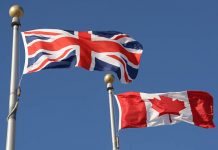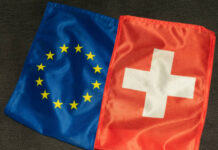Personal income grew 0.3% month-on-month (m/m) in July, up from June’s 0.2% gain and above market expectations (0.2%).
Accounting for inflation and taxes, real personal disposable income grew 0.1% for a second consecutive month.
Personal consumption expenditures growth accelerated in July, up 0.5% m/m. This was higher than the 0.3% recorded in June, but in line with market expectations (0.5%). Spending in real terms rose 0.4% m/m – adding to the upwardly revised 0.3% gain recorded in June (previously 0.2%). The uptick in real spending reflected increases in both goods (0.7%) and services (0.2%) outlays.
On inflation, the Fed’s preferred inflation metric, the core PCE price deflator, held steady on both a monthly and annual basis. Core PCE rose 0.2% m/m and 2.6% annually. While the monthly reading was in line with market expectations (0.2%), the annual number came in marginally lower than expected (2.7%). Notably, on a 3-month annualized basis, the measure slid to 1.7% in July from 2.1% in June.
The personal savings rate declined to 2.9% in July from a downwardly revised 3.1% in June (previously 3.4%). This is the first time the measure has fallen below 3% in over 2 years.
Key Implications
Consumers seemed to have relied more heavily on savings to keep consumption going in July. While the resilience they have displayed thus far has been impressive, the slowdown in the job market and diminished savings will put this to the test going forward. As such, consumer spending, while not grinding to a halt, is expected to lose some momentum as the year draws closer to an end.
On the inflation front, the Fed’s preferred core measure continues to maintain the recent cooling trend. While not slowing further, it has also not accelerated. What’s more, on a 3-month annualized basis core PCE continues to decelerate from the flare-up in Q1 and has fallen below the Fed’s 2% target for the first time since last December. On balance, there is nothing in today’s report that would dissuade the Fed from cutting rates in September.













